Goosebumps on the rescue story of Lieutenant Colonel Nguyen Chi Thanh in Türkiye, how did Ngoc Lan react?
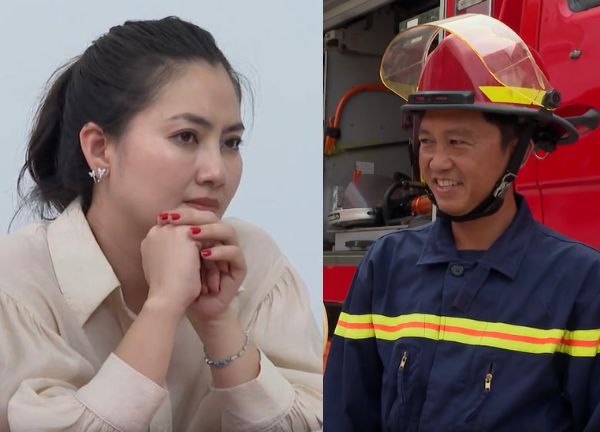
2 | 0 Discuss | Share
The chickens kept disappearing and reappearing, making the farmer feel strange. Determined to investigate everything clearly, this person followed the trail and discovered a huge secret underground.
Mysterious structures and secrets deep underground are sometimes discovered by ordinary people by chance. For example, the tomb of Qin Shi Huang and his army of thousands of soldiers and horses were found by a farmer while digging a well.
Going further to Europe, in Türkiye, what does this great work recognized by UNESCO as a World Heritage Site in 1985 hide? And how was it discovered?
61 years ago, specifically in 1963, a Turkish farmer noticed that his chickens kept disappearing and then appearing again like magic. Eager to solve the mystery, he followed the chickens' trail to a crack in the tufa - the volcanic rock that forms the fairy chimneys of the magical land of Cappadocia - and saw something he had never seen before. in life after fateful efforts.
Accordingly, when using a sledgehammer to hit a tufa wall, a man in the Turkish town of Derinkuyu discovered a dark tunnel. Curiosity mixed with fear but no less eager, the farmer lit a torch and went down below.
No one expected that that passage would open up into deeper tunnels, built in a more organized way. Continuing the tunnels are a series of rooms of different sizes.
From the disappearance and return of the chickens to that fateful swing of the hammer in 1963, the world has another UNESCO Heritage Site: the multi-level underground city named Derinkuyu in Türkiye.
Derinkuyu, which means "deep well", is an 18-story underground city, 76 meters deep, and so huge that it can accommodate 20,000 people and their daily necessities.
Geologically, Derinkuyu is located in Cappadocia, an area in central Türkiye famous for its rugged but real-life, fairy-tale-like landscape, with countless stone chimneys that have stood the test of time. .
Those tall stone fairy chimneys are the result of erosion of a type of rock called tuff. Made from volcanic ash and covers most of the area, not too hard. Thanks to that, local people for millennia have dug holes for themselves to make houses, storage rooms, temples or shelters... inside tuff rock and underground.
Cappadocia has hundreds of underground houses, of which about 40 have at least two floors. But as of 1963, there was no place as huge or famous as Derinkuyu.
Historically, the historical record has little to say about Derinkuyu's origins. Some archaeologists speculate that the oldest part of the 18-story complex may have been dug around 2000 BC by the Hittites, who dominated the area at the time; or the Phrygians, around 700 BC.
Whoever they were, they had excellent construction skills: First, the soft rock made tunneling relatively easy, but entering the cave was a big risk. Therefore, large support pillars are needed to prevent the tunnel from collapsing. More surprising is that the survey showed that no floor in Derinkuyu has collapsed.
Next about the ventilation and anti-suffocation system. Separated from the world above, the city of Derinkuyu is ventilated by a total of more than 15,000 shafts, most of which are about 10 centimeters wide. This ensures sufficient ventilation until the eighth floor.
Third, the structure of Derinkuyu. The upper floors are used for living and sleeping - which makes sense since they are the best ventilated. The lower floors are mainly used for storage.
In the underground city center are spaces used for many purposes: There are places for wine presses, livestock, monasteries and small churches. The most famous is the cross-shaped church on the 7th floor. That shows how extraordinary the people who built this project were.
According to archaeologists, there are two more certain things about the Derinkuyu underground complex. First, the main purpose of this effort is probably to hide from war and conflict.
Derinkuyu was heavily used as a refuge for local people during the wars between the Byzantines and the Arabs, which lasted from the late 8th to the late 12th century; during the Mongol raids of the 14th century; and after the area was conquered by the Ottoman Turks.
Second, the final additions and alterations to the complex, which bear a distinctly Christian imprint, date from the 6th to 10th centuries AD.
Additionally, another theory is that Derinkuyu served as a temperate refuge for the people when the region's harsh seasons arrived. Cappadocia winters can be very cold, and summers extremely hot.
Although Derinkuyu is very cleverly built, it is not the only underground city in Cappadocia. With an area of 445 square kilometers, it is only the largest of the 200 underground cities beneath the Anatolian plain.
Many of these cities are connected to Derinkuyu through carefully dug tunnels, with some extending up to 9km. All of them are equipped with emergency exits in case there is an immediate need to return to the ground.
Today, Derinkuyu is one of the biggest tourist attractions of Cappadocia (Türkiye). Visitors can experience underground life for only 60 Turkish lira (56 thousand VND).
The oil lamp on the mountain burned for more than 600 years without going out, the secret was "revealed" by tourists. 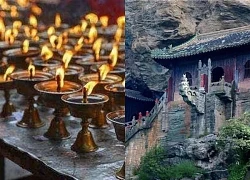 Kim Lâm18:58:21 10/04/2024At Wudang Mountain (China), legends related to oil lamps that have burned for 600 years and have never been extinguished always attract everyone's curiosity. Until a secret was revealed by tourists here that surprised the public.
Kim Lâm18:58:21 10/04/2024At Wudang Mountain (China), legends related to oil lamps that have burned for 600 years and have never been extinguished always attract everyone's curiosity. Until a secret was revealed by tourists here that surprised the public.

2 | 0 Discuss | Share
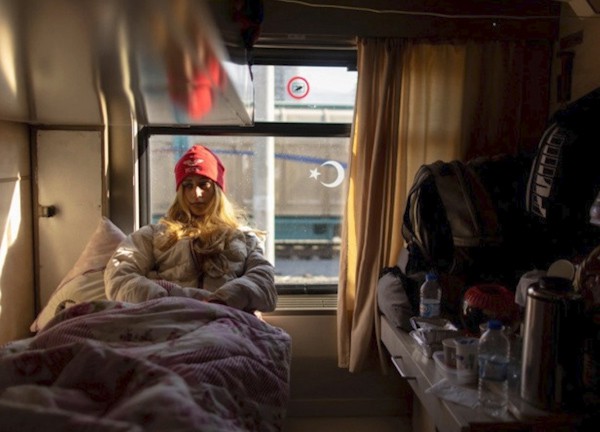
4 | 0 Discuss | Share
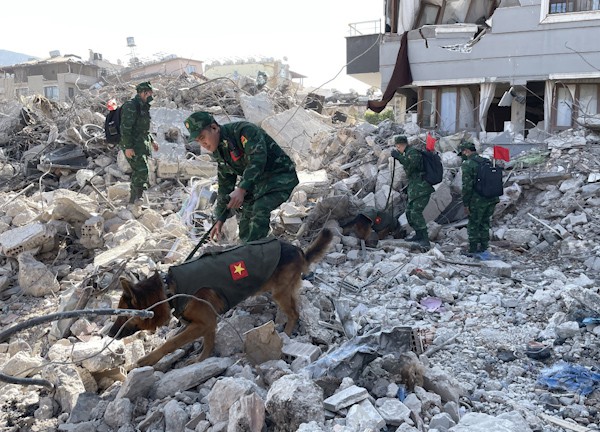
4 | 0 Discuss | Share
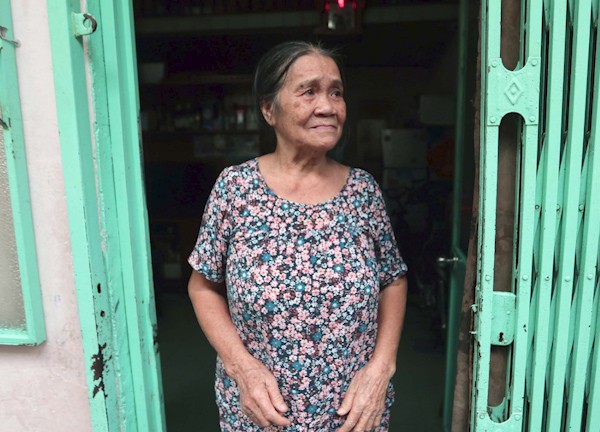
5 | 0 Discuss | Share
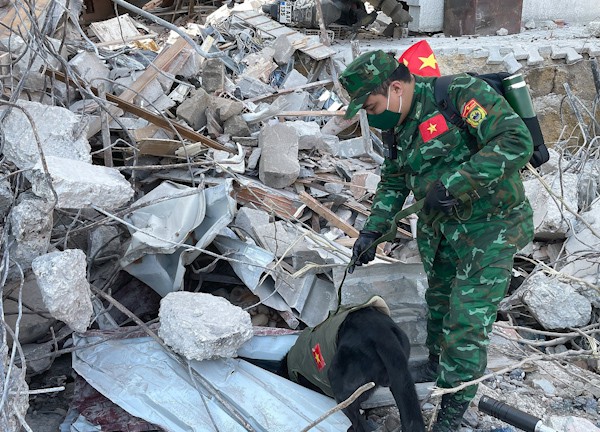
4 | 0 Discuss | Share
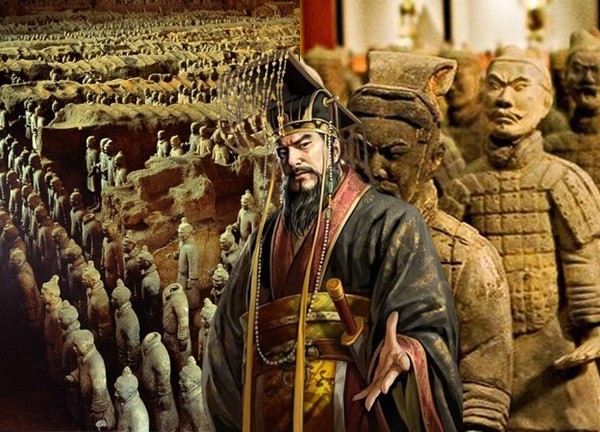
4 | 0 Discuss | Share
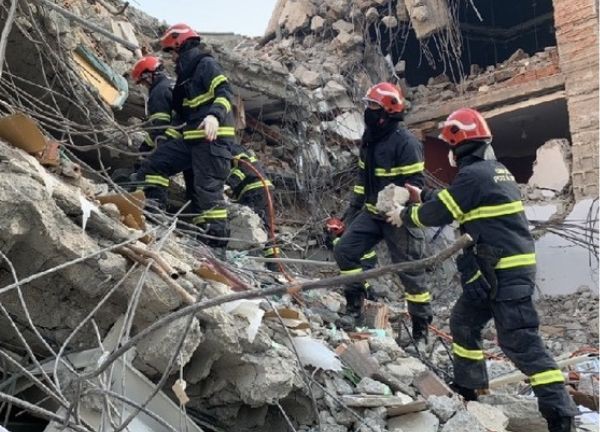
3 | 0 Discuss | Share
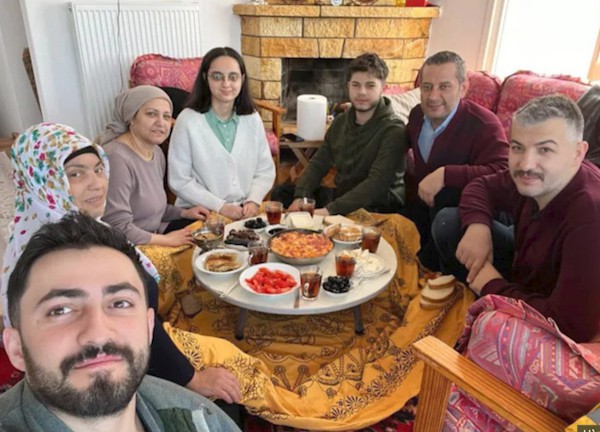
2 | 0 Discuss | Share
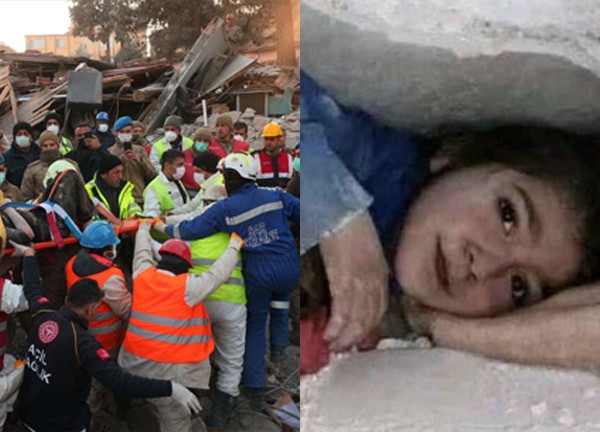
3 | 0 Discuss | Share
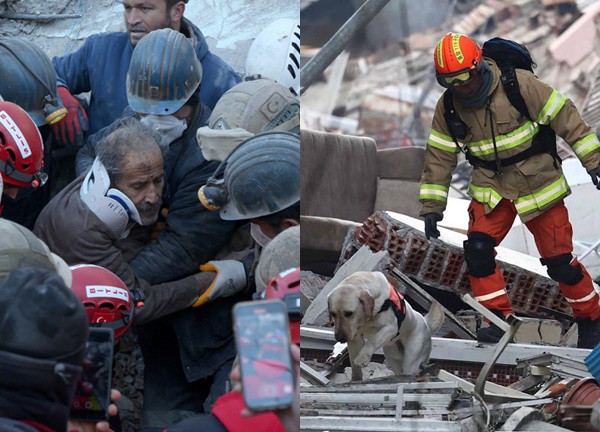
5 | 0 Discuss | Share
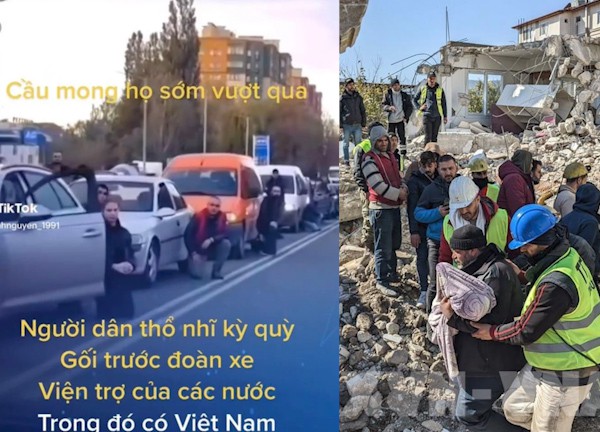
5 | 0 Discuss | Share

2 | 0 Discuss | Share








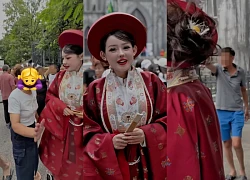

2 | 1 Discuss | Report